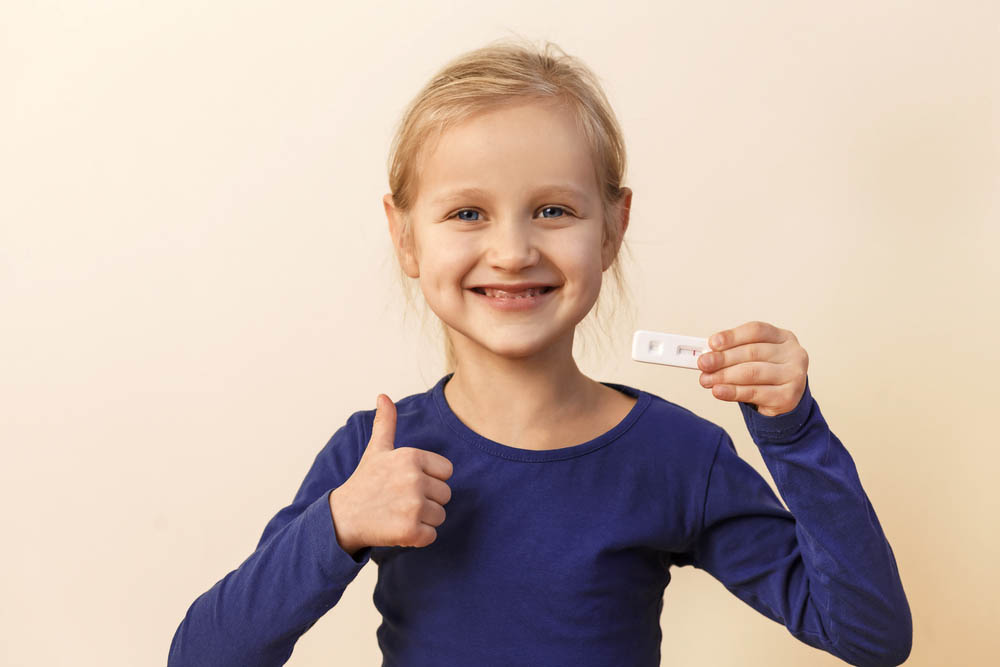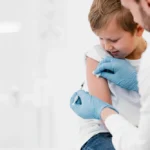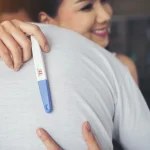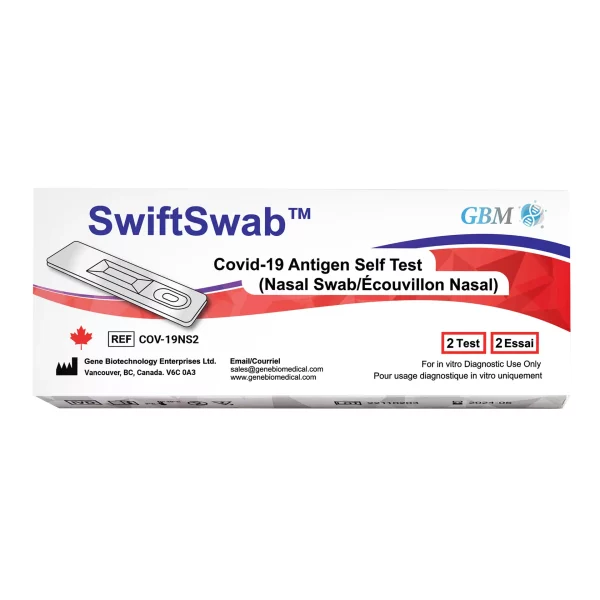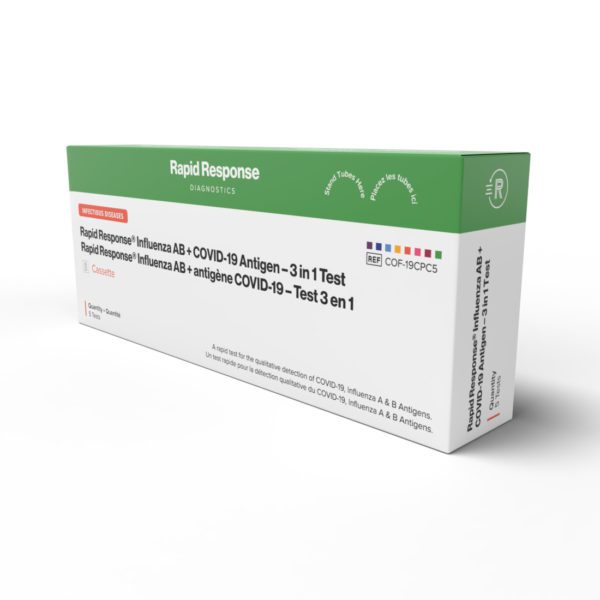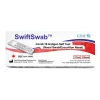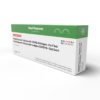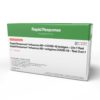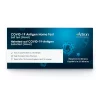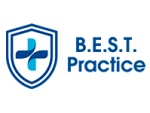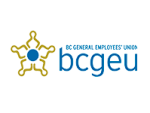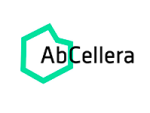Rapid COVID testing is an effective method in identifying your infection status and helping to minimize the spread of COVID-19.
But how does it work for kids?
In this article, we will look into the benefits, considerations and strategies surrounding rapid COVID-19 testing for the little ones. With this, you’ll learn how to contribute to a safer environment for your children.
What’s a rapid antigen test?
A rapid antigen test is a diagnostic tool used to quickly detect the presence of specific viral proteins in the body, which can quickly identify whether or not you’re infected with COVID-19.
It uses a technique called lateral flow immunoassay, where the sample is applied to a test strip containing antibodies that are specific to the target viral proteins. If the viral proteins are present in the sample, they will bind to the antibodies on the test strip and produce a visible line, indicating a positive result.
One of the key advantages of using rapid antigen tests is speed. They can provide results within minutes, so you can quickly identify your infection status and self-isolate if needed. With this, you can help in preventing the spread of COVID-19, especially in high-risk environments.
How do you use a rapid antigen test?
Here’s how to properly administer a rapid antigen test on a child.
- Gather all the necessary materials and make sure the testing area is clean and well-lit. These materials include:
- Test kit
- Timer
- Personal protective equipment, such as gloves and a face mask
- Wash your hands thoroughly with soap and water or use hand sanitizer before putting on the gloves and mask. Open the test kit and familiarize yourself with its components.
- Carefully insert the swab into the child’s nostril. Gently rotate it several times to collect an adequate sample. Be sure to follow the specific instructions provided with the test kit. Then, place the swab into the tube and fully immerse it into the liquid solution.
- Secure the cap tightly and mix the contents by gently swirling the tube. Set the timer according to the recommended testing time provided with the kit.
- After the designated time has passed, remove the test strip from its packaging and carefully place a few drops of the liquid solution onto the designated area of the strip.
- Wait for the recommended amount of time for the results to appear. Follow the specific instructions provided with the test kit, as the waiting time may vary.
Is a rapid antigen test suitable for kids?
Yes, rapid antigen tests are less invasive than other testing methods, such as PCR tests, as they only require a swab of the child’s nose or throat.
Using rapid antigen tests in children can help in early detection of COVID-19 cases, which allows for prompt isolation and appropriate medical care. It also helps in preventing the spread of the virus within schools and communities. By identifying infected children quickly, those in authority can take necessary measures to minimize transmission and protect other vulnerable individuals.
If your child is experiencing COVID-19 symptoms, but has a negative rapid antigen test result, proceed with a PCR test confirmation to verify the infection status.
Are at-home COVID tests accurate?
Aside from being convenient and accessible, at-home COVID tests allow you to test yourself or your child in the comfort of your home. These tests can accurately detect the presence of the virus when used correctly and following the instructions provided. This includes:
- Properly collecting the sample
- Handling the test kit
- Interpreting the results
It’s also recommended to consult with a healthcare professional if there are any concerns or doubts about the accuracy of the test results.
When should you use a rapid antigen test?
When considering when to use a rapid antigen test for your child, here are the factors you should consider. Your child should use a rapid antigen test if:
- They’re experiencing COVID-19 symptoms
- They’ve had close contact with someone who has tested positive for COVID-19
- They’re asymptomatic but will be entering a different group setting, such as school or daycare
If your child has COVID-19 symptoms
Consider using a rapid antigen test to determine your child’s infection status, especially if they’re exhibiting symptoms of COVID-19, such as:
- Fever
- Cough
- Difficulty breathing
By using a rapid antigen test, you can promptly identify whether your child has COVID-19 and take appropriate measures to protect their health and the health of others.
Rapid antigen tests are particularly useful in situations where timely results are needed, such as when your child needs to attend school or participate in extracurricular activities.
If your child is experiencing COVID-19 symptoms, don’t hesitate to consult with a healthcare professional and consider using a rapid antigen test to ensure their well-being.
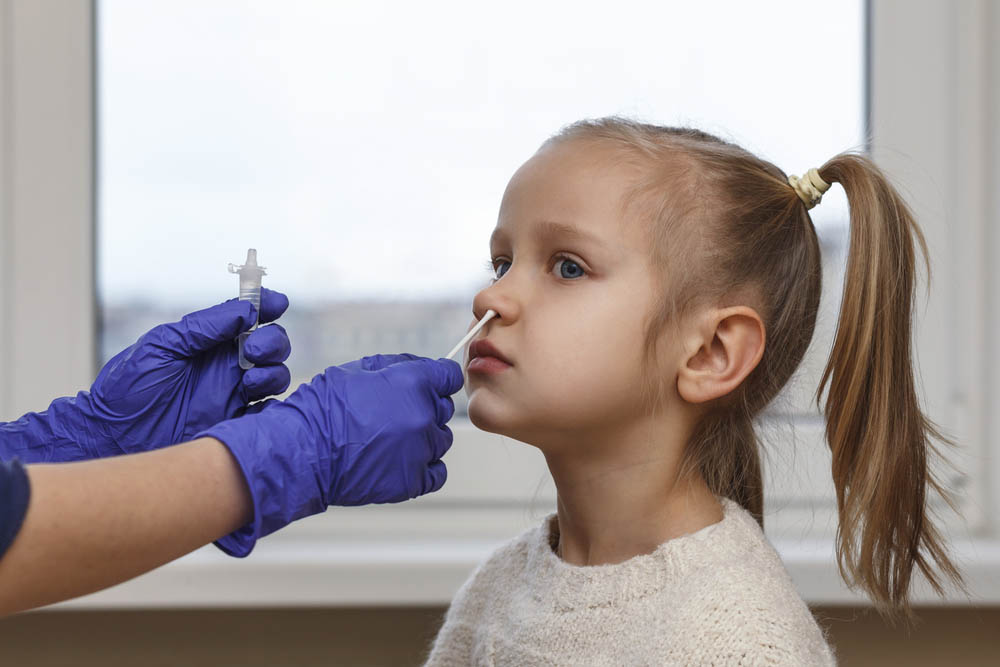
If your child has a known exposure to COVID
If your child has been in close contact with someone who has tested positive for COVID-19, use a rapid antigen test to determine their infection status, even if they don’t exhibit any symptoms.
This proactive approach helps to identify potential cases early on, prevent further transmission and protect the health and well-being of your child and those around them.
If your child has no symptoms, but is going into a different group setting
To ensure the safety of your child and others in a different group setting, consider getting them tested with a rapid antigen test, even if they don’t exhibit any COVID symptoms. While asymptomatic individuals can still transmit the virus, conducting regular testing can help identify potential cases and prevent the spread of COVID-19.
As part of a surveillance program
Using rapid antigen tests as part of a surveillance program can help identify potential cases and monitor the spread of COVID-19 in various group settings. They’re valuable tools for screening people in schools and community settings, since results can be released within 15 to 30 minutes.
By implementing regular testing protocols, schools and organizations can detect asymptomatic cases and prevent outbreaks. This proactive approach not only helps protect your child’s health and safety, but also contributes to the overall well-being of the community.
What happens if my kid’s at-home COVID test is positive?
If your child’s at-home COVID test comes back positive, remain calm and provide reassurance to your child.
Contact your child’s pediatrician or healthcare provider to report the positive result and follow their guidance. They will provide specific instructions on what steps to take next.
In most cases, your child will need to self-isolate at home for a certain period of time to prevent further spread of the virus. Make sure your child stays in a separate room and uses a separate bathroom if possible. Limit contact with other household members, especially those who are at higher risk for severe illness.
During this time, monitor your child’s symptoms closely and provide them with the necessary care and support. These include making sure that they:
- Rest
- Drink plenty of fluids
- Take any prescribed medication as directed
At the same time, continue practicing good hygiene measures, such as frequent handwashing and wearing masks, to protect yourself and others in the household.
Notify your child’s school or childcare facility about the positive test result, as they may have specific protocols in place for handling positive cases. Follow any guidelines provided by the school or local health authorities regarding quarantine periods and when it is safe for your child to return to in-person learning.
Where to buy rapid tests for kids?
Rapid tests are highly accessible and available at your local pharmacy. These tests are usually available over the counter and can be purchased without a prescription.
Aside from that, you can also buy rapid tests for kids online. Several reputable websites provide a wide range of testing options and allow you to order the tests and have them delivered directly to your homes.
When doing this, ensure that the chosen tests are authorized by regulatory authorities and have a proven track record of accuracy.
For your convenience, you can also order rapid tests for kids from our online store.
Lastly, some healthcare providers and pediatric clinics may offer rapid tests for kids. You can inquire with your child’s healthcare provider or local clinic to explore this option.
Key takeaway
COVID-19 testing for kids should take into account their symptoms, exposure to close contact and other illnesses currently going around.
By implementing efficient testing strategies in schools and other settings, you can detect their infection status early and prevent outbreaks, which allow children to continue their education and development in a safe and healthy manner.
Collaborative efforts among parents, educators and healthcare providers can create a safer environment for children during the ongoing global pandemic.
